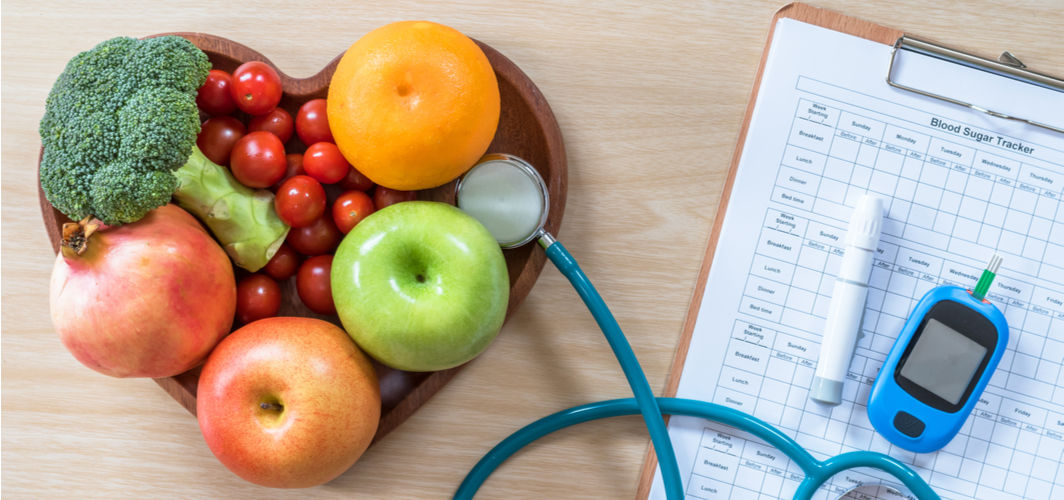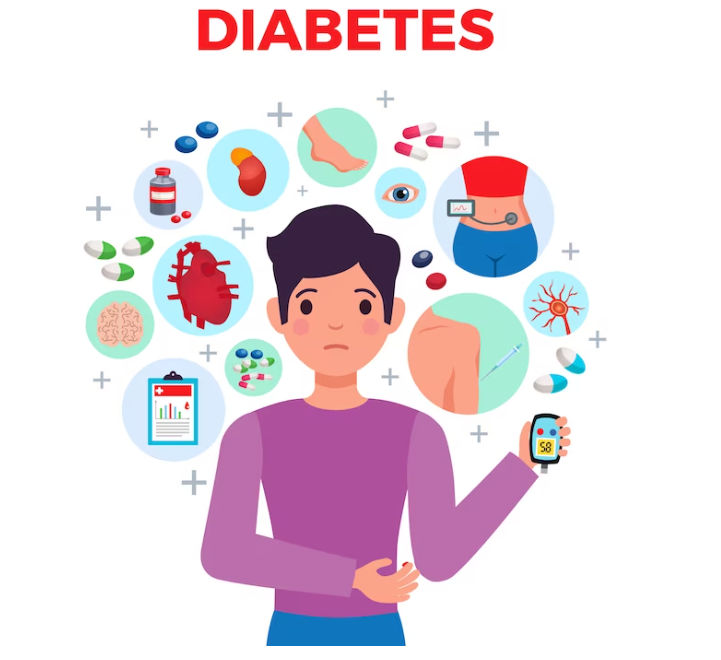Diabetes Management
An Overview of Sulfonylureas in Diabetes Management
2 min read
By Apollo 24|7, Published on - 21 August 2024, Updated on - 29 August 2024
Share this article
0
0 like
.jpg?tr=q-80)
Managing diabetes requires a comprehensive approach, including lifestyle changes, regular monitoring, and sometimes medication. Among the various medications available, Sulfonylureas like Glipizide and Gliclazide play a significant role in controlling blood sugar levels. Let's delve into their mechanism of action, benefits, recommended dosages, and considerations for prescribing in the treatment of diabetes.
Understanding the Mechanism of Sulfonylureas
Sulfonylureas work by blocking potassium from leaving beta cells in the pancreas. This blockage causes changes in the cell's electrical charge, which then allows calcium to enter the cells. The influx of calcium triggers the release of insulin. This process triggers insulin release and also reduces hepatic glucose production, thereby reducing blood glucose levels. However, these medications are effective only in patients with functioning pancreatic beta cells. Additionally, these medications help reduce the amount of glucose produced by the liver.
The Benefits at a Glance
Sulfonylureas contribute to effective glycaemic control by lowering blood glucose levels. Their rapid onset of action makes them suitable for managing acute hyperglycaemia. Furthermore, their oral administration and simple dosing schedule enhance patient adherence to treatment.
Dosage Recommendations
For Glipizide, the usual starting dose is 5 mg taken orally before meals. The maximum dose typically doesn't exceed 20 mg per day. For Gliclazide, the initial dose usually stands at 40 mg taken once daily, which can be increased based on individual response. The maximum dose can go up to 320 mg per day.
Prescribing Considerations
Sulfonylureas can cause hypoglycaemia, particularly among elderly patients or those with irregular eating patterns or renal impairment. Patients may also experience weight gain, and cardiac issues while on sulfonylureas. Moreover, caution should be exercised when prescribing alongside other drugs that may interact with sulfonylureas (these are no longer recommended unless cost is constrained).
For anyone grappling with managing diabetes, it might be worth enrolling in the Apollo Super 6 programme. Tailored to help individuals manage type 2 diabetes, it promotes healthier lifestyles while providing ongoing support.
Diabetes Management
Consult Top Diabetologists
View AllLeave Comment
Recommended for you

Diabetes Management
Explained: The Diabetes and Heart Disease Link
Yes, diabetes can increase the risk of heart disease by affecting the blood vessels and promoting the buildup of plaque. Elevated blood sugar levels can damage the lining of blood vessels, leading to atherosclerosis. Additionally, diabetes is associated with other risk factors like high blood pressure and cholesterol levels, further contributing to heart disease risk.

Diabetes Management
Managing Diabetes With Other Responsibilities
The challenge of managing diabetes while juggling daily responsibilities may seem daunting, but it's entirely achievable with the right approach. Adopting collaborative self-management strategies, seeking professional help in case of burnout, embracing team-based care, making healthier lifestyle choices, and proactively preventing complications can help maintain a balanced life.

Diabetes Management
Navigating Through Emotional Challenges in Diabetes Management
Diabetes management involves dealing with emotional challenges as well as controlling blood sugar levels. Effective strategies such as practicing relaxation techniques, seeking support, setting realistic expectations, avoiding self-blame, rewarding yourself, practicing mindfulness, keeping a mood diary, communicating with loved ones, seeking professional help when necessary, and managing diabetes burnout can play a significant role in managing overwhelming emotions related to diabetes.
Subscribe
Sign up for our free Health Library Daily Newsletter
Get doctor-approved health tips, news, and more.
Visual Stories

8 Fruits That are Incredibly Healthy for Diabetes
Tap to continue exploring
Recommended for you

Diabetes Management
Explained: The Diabetes and Heart Disease Link
Yes, diabetes can increase the risk of heart disease by affecting the blood vessels and promoting the buildup of plaque. Elevated blood sugar levels can damage the lining of blood vessels, leading to atherosclerosis. Additionally, diabetes is associated with other risk factors like high blood pressure and cholesterol levels, further contributing to heart disease risk.

Diabetes Management
Managing Diabetes With Other Responsibilities
The challenge of managing diabetes while juggling daily responsibilities may seem daunting, but it's entirely achievable with the right approach. Adopting collaborative self-management strategies, seeking professional help in case of burnout, embracing team-based care, making healthier lifestyle choices, and proactively preventing complications can help maintain a balanced life.

Diabetes Management
Navigating Through Emotional Challenges in Diabetes Management
Diabetes management involves dealing with emotional challenges as well as controlling blood sugar levels. Effective strategies such as practicing relaxation techniques, seeking support, setting realistic expectations, avoiding self-blame, rewarding yourself, practicing mindfulness, keeping a mood diary, communicating with loved ones, seeking professional help when necessary, and managing diabetes burnout can play a significant role in managing overwhelming emotions related to diabetes.

